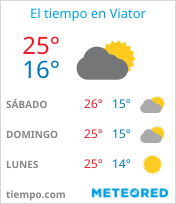Category Archives: Physical Education
Halloween Relay!

- Divide the children into groups of four or five.
- There are four or five Halloween characters that participate in the relay: the witch, the werewolf, the zombie, the vampire and the bat. When each child runs their part of the relay, they have to run in the same way as one of the characters moves. The witch should ride a broomstick (use gym sticks), the werewolf should howl, the zombie should move very slowly, the vampire should walk tiptoe and wave their shrouds (use scarfs), and the bat should flap its wings.
- Each team races to be the first to win!
- The teacher can decide the order in which each character runs.
Developing Flexibility
Developing Strength
Improving our Speed
Improving our Stamina (endurance)
Types of stamina












